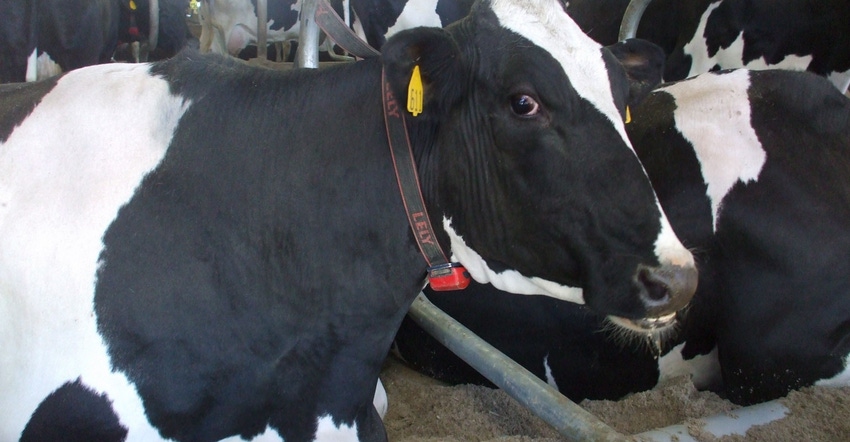
Tuesday is the first day that dairy farmers can apply for help via the Coronavirus Food Assistance Program.
But New York’s ag commissioner says it won’t be enough.
In a letter sent to Secretary of Agriculture Sonny Perdue, New York Agriculture Commissioner Richard Ball says CFAP will fall well short of what dairy farmers have lost as a result of the COVID-19 crisis.
“We're still reeling. We went through a real whiplash," Ball says.
CFAP will provide $2.9 billion in direct payments to dairy farmers. According to an article from Farm Futures, the total payment will be calculated based on a producer’s certification of milk production for the first quarter of 2020, multiplied by a national price decline during the same quarter. The second part of the payment is based a national adjustment to each producer’s production in the first quarter.
USDA has estimated that the 2020 all-milk price will be about $3.90 per cwt below projections made before the pandemic, which the letter states will amount to a loss of $8.5 billion. The aid makes up for 34% of the expected loss.
But the department went even further, attempting to calculate estimated payments per dairy farm size in New York. To calculate the payments, the department looked at average production per farm size per month, the all-milk price and price data from the Food and Agricultural Policy Research Institute at the University of Missouri, and the proposed CFAP coverage percentages.
Here are the per-farm payment estimates the department came up with:
100-cow dairies, milk sales of $454,000: CFAP check expected is $20,841, equal to 4.6% of total production loss when actual loss is closer to 16%
200-cow dairies, milk sales of $909,000: CFAP check expected is $41,683, equal to 4.6% of total production loss when the actual loss is closer to 16%
500-cow dairies, milk sales of $2.27 million: CFAP check expected is $104,209, equal to 4.6% of total production loss when the actual loss is closer to 16%
1,000-cow dairies, milk sales of $4.54 million: CFAP check expected is $125,000, equal to 2.7% of total production loss when the actual loss is closer to 16%
2,000-cow dairies, milk sales of $9.09 million: CFAP check expected is $125,000, equal to 1.4% of total production loss when the actual loss is closer to 16%
'Our needs are not being completely met'
Earlier this week, USDA tweaked the CFAP payment cap from $125,000 per commodity, maximum $250,000 per entity, to $250,000 per entity for all commodities combined. Still, it is unlikely this will come close to covering farmer losses.
“We've kind of underlied the fact that New York state is a major ag state. Our needs are not being completely met with the broad-based approach thus far," Ball says, adding that the department has asked instead for block grants for the department to shell out as it sees fit. “Our needs in New York, we're falling short here.”
Ball says that 50% of the state’s milk market disappeared when schools shut down and food service to institutions was also shut down.
Milk was dumped on many farms with the peak hitting in March and early April.
"By and large, it was running into the millions of pounds per week," he says, adding that milk is still being dumped in some places. “It seems to be correcting itself.”
Many grocery stores struggled to keep dairy products in stock with some stores limiting the amount of dairy purchases per customer.
Ball says this was not as much a supply problem as it was getting products out of coolers and onto shelves, as many employees didn’t show up to work or were too sick to come to work. In fact, he says some stores in New York City threatened to shut down due to not having enough workers.
One program that has helped is Nourish New York, a $25 million program to help food banks buy surplus ag products. Ball says that over $600,000 worth of New York ag products have been bought thus far, the majority of which has been dairy.
Dairy farming is a $2.5 billion industry in the state with over 4,000 dairy farms in business.
He’s says the emotional, physical and financial burdens of the current crisis will be too much for some farmers. But if there is a silver lining, Ball says that more people are starting to figure out how important their local food is.
“The local food movement and awareness of food has made more people realize just how valuable food is in New York," he says.
Read more about:
Covid 19About the Author(s)
You May Also Like






